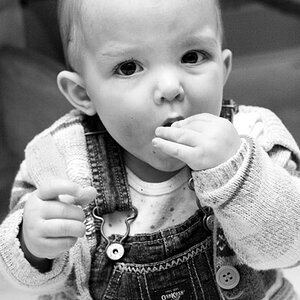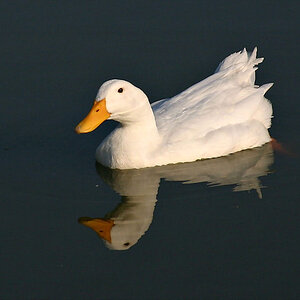I am looking at cheap options for macro photography.
Currently I have a Nikon D200 with an 18-200mm lens and a 50mm f/1.8 lens.
I am looking at Zeikos ZE-CU472 close up lens attachments to mount on my 18-200mm lens.
OR
Reverse mounting my 50mm lens with a BR-3 from Nikon.
- Do either of these affect the aperture?
- Would either cause a vignette on the image?
- Which is better?
- Are there any other methods or products which you can recommend?
Currently I have a Nikon D200 with an 18-200mm lens and a 50mm f/1.8 lens.
I am looking at Zeikos ZE-CU472 close up lens attachments to mount on my 18-200mm lens.
OR
Reverse mounting my 50mm lens with a BR-3 from Nikon.
- Do either of these affect the aperture?
- Would either cause a vignette on the image?
- Which is better?
- Are there any other methods or products which you can recommend?


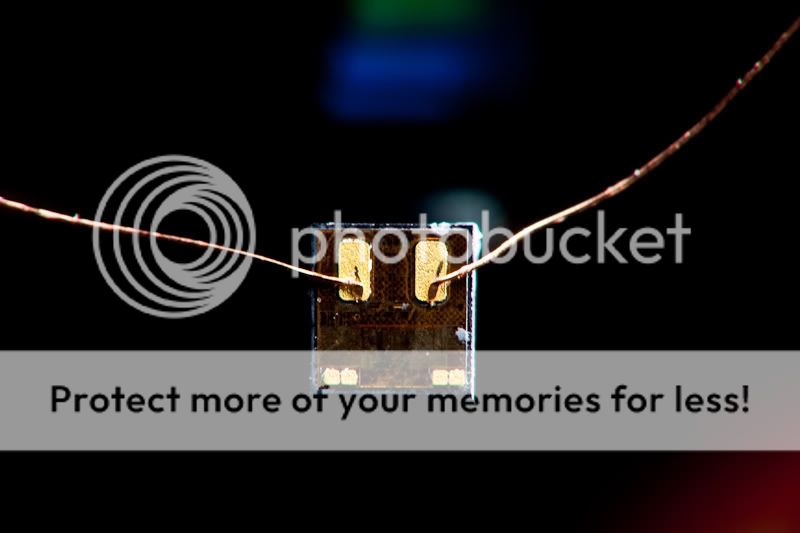
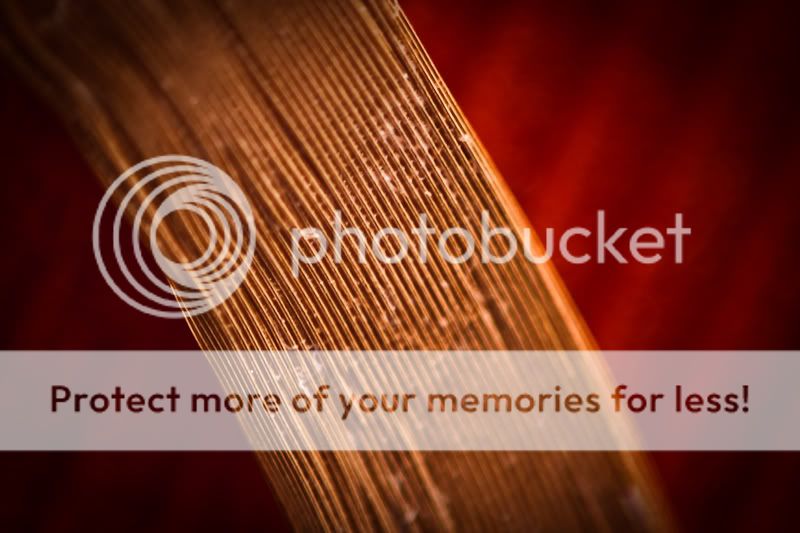
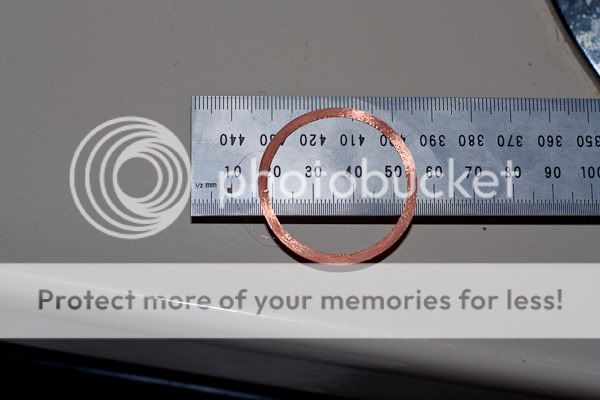
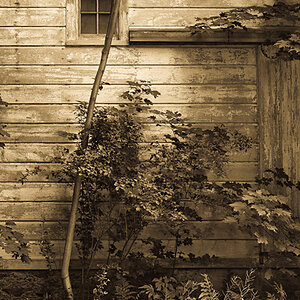
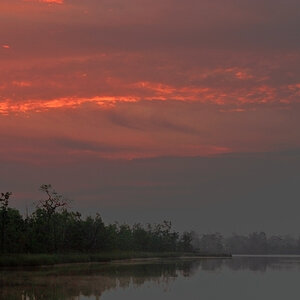
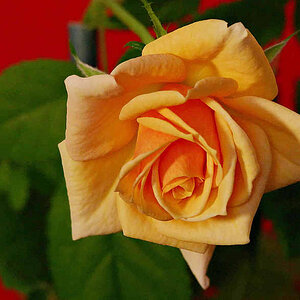
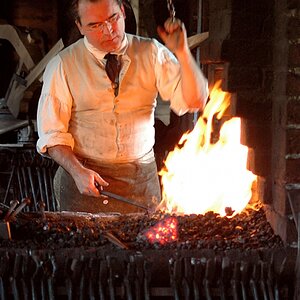
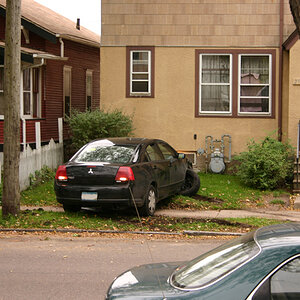
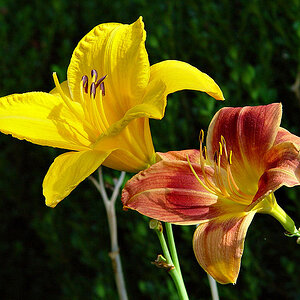
![[No title]](/data/xfmg/thumbnail/38/38724-0b9c26c57726c91c6c504310e4428e55.jpg?1619738702)
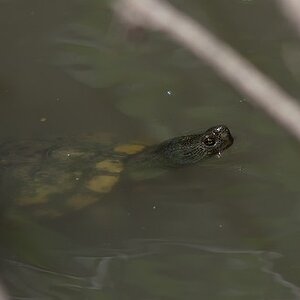
![[No title]](/data/xfmg/thumbnail/32/32984-d9969dc997f82365b4d1f097cb5838c3.jpg?1619735814)
